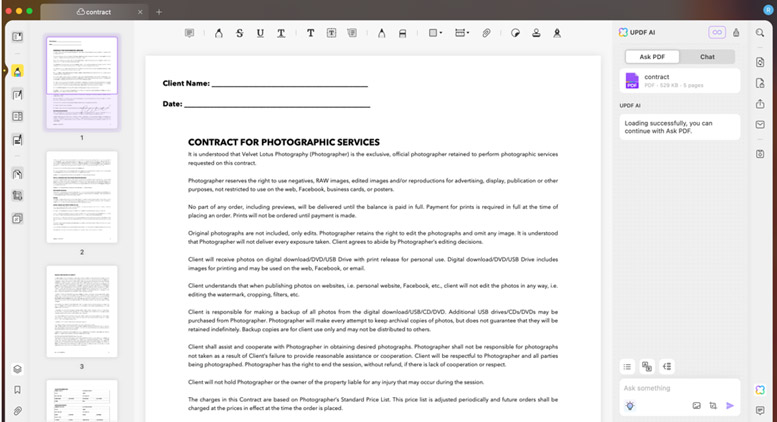RFID is about to explode
Ten-cent pieces of wireless equipment are being deployed by the billions
To better understand the scope of RFID (radio frequency identification) technology, let’s take a look at The Gillette Company, based in Boston , and one of its distribution centers. The Chicago-based center is a 532,000-square-foot site with a 50,000 pallet capacity and approximately $60 million of inventory at any one time.
Following a pilot program, Gillette announced its intention to buy 500,000,000 (that’s not a typo — not half a million but half a billion) RFID tags, at 10 cents a piece and to tag every pallet and every carton coming out of its distribution centers. By the way, the company selling the tags to Gillette is Alien Technology, in Morgan Hill, Calif.
Imagine the benefits of tracking those pallets, and the cases on the pallets, from manufacturing to the point of sale. Gillette will be able to reduce losses from out-of-stock, stolen or lost products, and as the company understands the power of this tracking capability, it will increase revenues by leveraging inventory information into smarter marketing to the retailers. More about that later.
There are rumors of an even bigger deal in the works, so big that the price of the tags will be cut in half. If anyone out there knows who might be cutting this deal, send me an e-mail.
Each pallet will have two tags and will be wheeled past locations in the distribution center with antennas. The antennas send the information to the shipping dock where the pallet is checked and read again at the back door. There, the pallet is put on the trailer, bound for its final destination.
It doesn’t stop there. At the retailers, the Gillette products will be placed on “smart shelves” which are also tagged. The shelves relay to the stores inventory system what and how many products are sitting there; that data is viewable on any device, including the handheld the manager is carrying.
The system also thanks the customer via electronic signage at the shelf and alerts the manager if inventory is getting low. Somehow, it also knows the difference between shoplifting and purchasing, but I wasn’t able to get that detail.
RFID tags will allow a computer to identify any object, anywhere, automatically and — here’s the scary part — will allow a product, in essence, to sense the real world on its own. At least that is the dream of Kevin Ashton, executive director of the Auto-ID Center at MIT, in Cambridge, Mass. , a Gillette partner in the project and a leading research organization for RFID. (Go to www.autoidcenter.org.)
On a clip on the Center’s Web site, Richard Cantwell, vice president of Gillette and a board member at the Center, said to a manufacturer that knowing where products are is “as valuable as knowing your bank balance.”
However, supply chain data is just part of the benefits of RFID tagging. John Jordan, principal in the office of the chief technologist at Cap Gemini Ernst & Young, also in Cambridge , asked me to imagine a pharmaceutical company tagging all of its samples that it distributes to doctors. We don’t want to call them customers; sounds unseemly doesn’t it? When the pharmaceutical sales rep calls on the doctor, the rep can ask to scan the shelves where the samples are kept in order to take a reading on what was distributed, how much is left, and to see what wasn’t given out to their customers … er, patients. “Is there something you don’t like about this product, doc?” Or, “I see you only have two boxes of such and such. Are you pleased? Do you want to order some?”
From supply chain to powerful marketing tool, all thanks to a 10-cent piece of wireless technology. Not bad.




